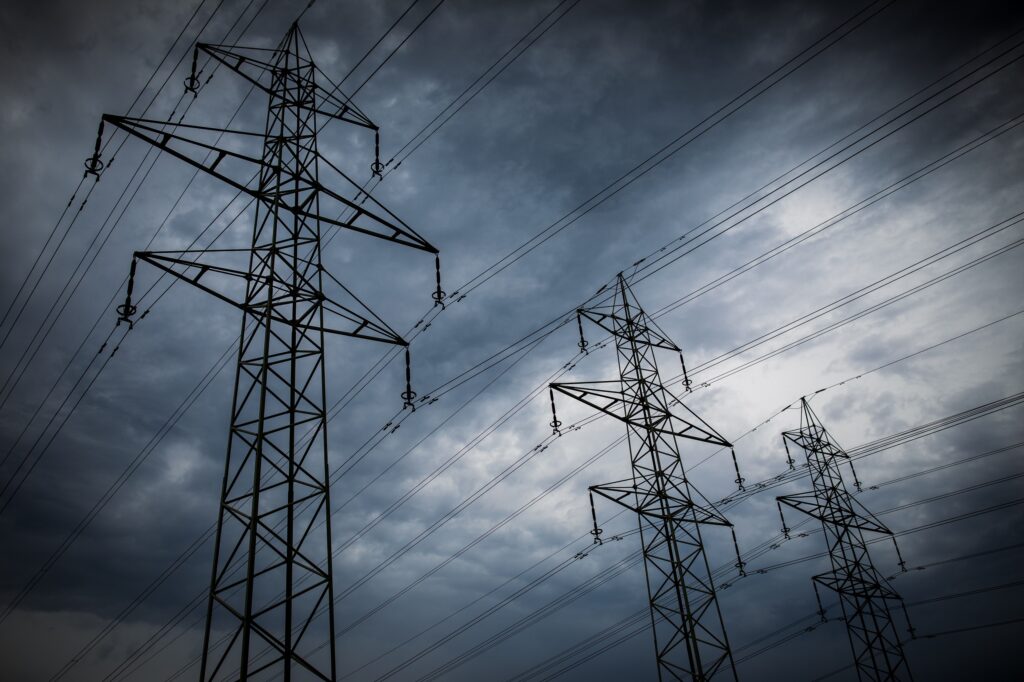Retaining outmoded monopolies and coal plants keeps Indiana in the Dark Ages
The Indiana statehouse is abuzz as state utilities plan to shutter thousands of megawatts of coal-fired power plants in the coming years. Unfortunately, a false panic about electricity reliability may translate into an unnecessary expansion of bureaucratic review of retiring coal plants via House Bill 1414. Rather than add red tape, Indiana should align state regulation with regional grid reliability needs and, ideally, let consumers purchase power directly from regional markets.
Before Indiana falls victim to bureaucratic temptation, it would benefit from taking stock of the evidence. A good place to start would be by learning from the Trump administration’s black eye.
Early on, the administration sounded the reliability alarm over coal retirements and even proposed a national coal bailout. But evidence won the day as the Federal Energy Regulatory Commission rejected the bailout and the administration’s own staff report took aim at the remedies for a valid reason: improving grid reliability policies and institutions, not propping-up unprofitable power plants.
So let’s channel the reliability conversation where it belongs. For starters, the Indiana Utility Regulatory Commission (IURC) already oversees a resource-planning process that ensures utilities have enough supply to accommodate the retirement of old power plants. However, replacing coal plants that can produce power around-the-clock with weather-dependent renewables like wind and solar is tricky. Making sure utilities have the right type of supply to replace coal depends on regional grid conditions.
Fortunately, Indiana is part of two regional markets — the Midcontinent Independent System Operator (MISO) and the PJM Interconnection — with vast experience reliably managing turnover in their coal fleets. MISO, for instance, went from 76% coal capacity in 2005 to 48% in 2017 while maintaining robust reliability. Moving forward, grid operators need Indiana to update its utility resource-planning processes to be consistent with future regional operating conditions. For example, the IURC could align its utility rules with MISO’s Resource Availability and Need initiative. Better yet, Indiana could free its utility-captive customers to buy power off these regional markets.
House Bill 1414 does none of this. Instead, it would slow the departure of unneeded power plants and add unnecessary process for no reliability benefit. The bill sponsor says more time is needed to study the sweeping energy transformation. And yet, institutions like the North American Electric Reliability Corporation have already done so extensively.
Not only has the issue been studied thoroughly, but there’s a robust backstop in place: MISO and PJM examine the reliability impacts of every power plant seeking to retire and, if necessary, will cover a plant’s cost until a system reliability fix is put in place.
Ultimately, Indiana policymakers should listen foremost to their constituents, who benefit and pay for grid reliability. As the recent Northern Indiana Public Service Company case illustrates, industrial customers are worried about the cost of a monopoly utility-led energy transition. They would rather have access to markets and control their own energy supply.
The energy transition presents valid reliability and economic challenges, which is why policymakers should rely above all on expert judgment and examine relevant processes. Properly equipped, grid operators will continue to manage coal retirements and keep the lights on. But policies like HB 1414 risk leaving Hoosiers in the dark by forcing them to pay for outmoded power plants and stick the cost of the energy transition on captive customers, rather than letting markets work.
Indiana has a choice: take economic development and grid reliability seriously, or buy-into a charade that would cement the Hoosier state in the Dark Ages. Choosing the former should be a no-brainer.








